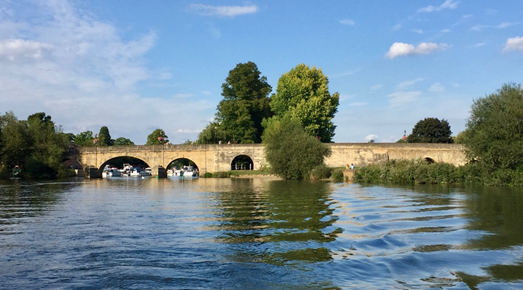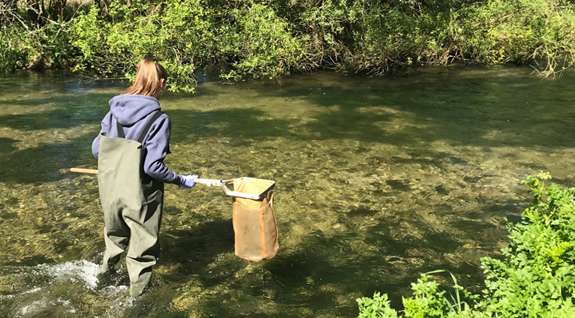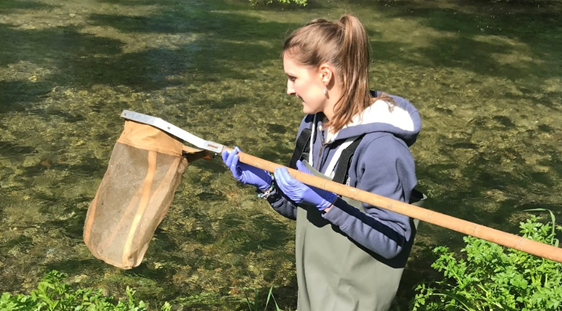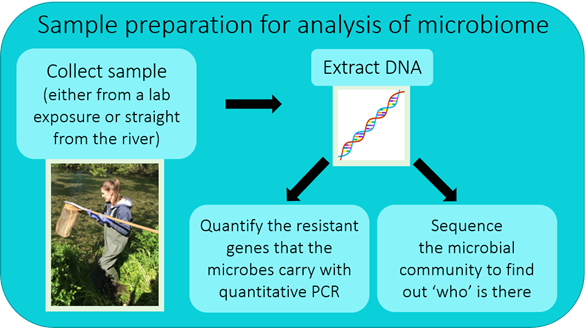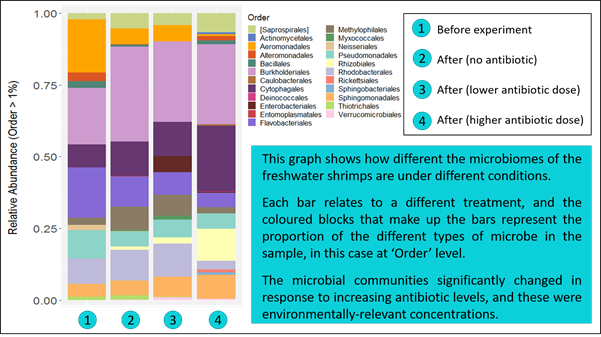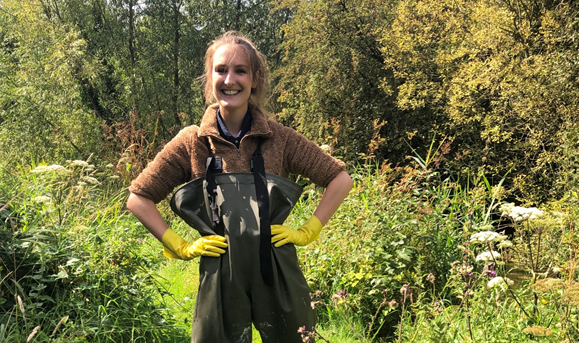Welcome to my Twitter presentation for #WallingfordECRTweets !
I’m Holly, a 4th-year @ExeterMed PhD student in @CEH_ecotox group @UK_CEH. I’m researching the effects of pollution on antimicrobial resistance in bacteria in aquatic organism intestines (their microbiome). (1/12)
I’m Holly, a 4th-year @ExeterMed PhD student in @CEH_ecotox group @UK_CEH. I’m researching the effects of pollution on antimicrobial resistance in bacteria in aquatic organism intestines (their microbiome). (1/12)
Antimicrobial resistance (or #AMR) occurs when microbes are exposed to an antibiotic (or antifungal) that harms or kills them; microbes mutate or acquire DNA that allows them to survive future antibiotic exposures. (2/12)
Why does #AMR matter?
Drug-resistant infections are costly, complicated & can be fatal. They kill at least 700k people/year. ‘Review on Antimicrobial Resistance’ predicted 10mil deaths/year by 2050 if no action is taken (see https://amr-review.org/ ).">https://amr-review.org/">... (3/12)
Drug-resistant infections are costly, complicated & can be fatal. They kill at least 700k people/year. ‘Review on Antimicrobial Resistance’ predicted 10mil deaths/year by 2050 if no action is taken (see https://amr-review.org/ ).">https://amr-review.org/">... (3/12)
So how does #AMR occur in the environment?
Antimicrobials are found in animal meat production, cleaning products, personal care products, pest control, agriculture & industry. The environment receives waste from all these antimicrobial uses, driving environmental AMR (4/12)
Antimicrobials are found in animal meat production, cleaning products, personal care products, pest control, agriculture & industry. The environment receives waste from all these antimicrobial uses, driving environmental AMR (4/12)
The big Q...
Does environmental #AMR matter to us?
YES!
The environment is arguably the source of AMR—a natural phenomenon worsened by overuse & pollution of antimicrobials. Humans & pets interact with the environment in many ways relevant to AMR transmission https://abs.twimg.com/emoji/v2/... draggable="false" alt="🏄" title="Person surfing" aria-label="Emoji: Person surfing">
https://abs.twimg.com/emoji/v2/... draggable="false" alt="🏄" title="Person surfing" aria-label="Emoji: Person surfing"> https://abs.twimg.com/emoji/v2/... draggable="false" alt="🏊" title="Person swimming" aria-label="Emoji: Person swimming">
https://abs.twimg.com/emoji/v2/... draggable="false" alt="🏊" title="Person swimming" aria-label="Emoji: Person swimming"> https://abs.twimg.com/emoji/v2/... draggable="false" alt="🏖️" title="Beach with umbrella" aria-label="Emoji: Beach with umbrella">
https://abs.twimg.com/emoji/v2/... draggable="false" alt="🏖️" title="Beach with umbrella" aria-label="Emoji: Beach with umbrella"> https://abs.twimg.com/emoji/v2/... draggable="false" alt="⛵️" title="Sailboat" aria-label="Emoji: Sailboat">(5/12)
https://abs.twimg.com/emoji/v2/... draggable="false" alt="⛵️" title="Sailboat" aria-label="Emoji: Sailboat">(5/12)
Does environmental #AMR matter to us?
YES!
The environment is arguably the source of AMR—a natural phenomenon worsened by overuse & pollution of antimicrobials. Humans & pets interact with the environment in many ways relevant to AMR transmission
Now we know environmental #AMR matters, how can we MEASURE/MONITOR/TACKLE it?
With our reliance on it, interaction with it and its role as pollution endpoint, the aquatic environment seems a good place to start! (6/12)
With our reliance on it, interaction with it and its role as pollution endpoint, the aquatic environment seems a good place to start! (6/12)
When microbes in rivers are exposed to pollution, they might need to develop resistance to survive. We can measure the extent to which this occurs using lab, field and in-situ studies. (7/12)
Environmental AMR is usually measured by taking sediment & water at a particular time & place, which tells us nothing about what happens between sampling.
Alternatively, we can study microbes living in aquatic wildlife—animals that have chronic exposure to pollutants. (8/12)
Alternatively, we can study microbes living in aquatic wildlife—animals that have chronic exposure to pollutants. (8/12)
THIS is what my research focuses on, working with freshwater fish & shrimp (Gammarus pulex). I’ve analysed the microbiomes (i.e., all the bacteria) in these organisms from field experiments & lab exposures. See the picture below for more info on how I process samples! (9/12)
Recently, I exposed freshwater shrimps (G. pulex) to levels of an antibiotic found in the Riv Thames. Could these low levels of antibiotic select for resistant genes in the bacteria & affect their microbiomes? “Effect” can be measured in many ways – genes are just 1 way. (10/12)
I also looked at which bacteria within the microbiome were impacted most by the antibiotic exposure. Are these changes in the composition of the Gammarus microbiome important for their health, function & reproduction? We don’t know yet. See the picture for more detail! (11/12)
That’s all folks! Thanks for reading my Twitter presentation for #WallingfordECRTweets !
I’d like to thank my supervisors, @OxonAndrew @WillHGaze and @JohnsonAjo for all their support, and my funders @NERCscience and @GW4plusDTP
Feel free to ask me any Qs! (12/12)
I’d like to thank my supervisors, @OxonAndrew @WillHGaze and @JohnsonAjo for all their support, and my funders @NERCscience and @GW4plusDTP
Feel free to ask me any Qs! (12/12)

 Read on Twitter
Read on Twitter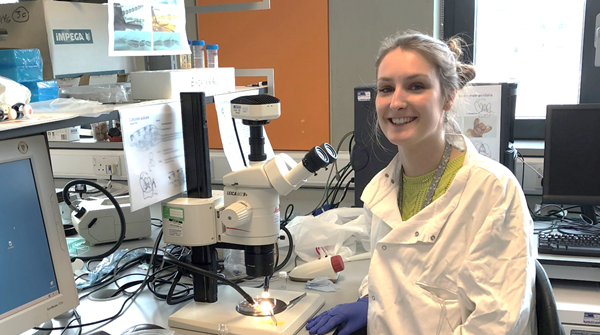
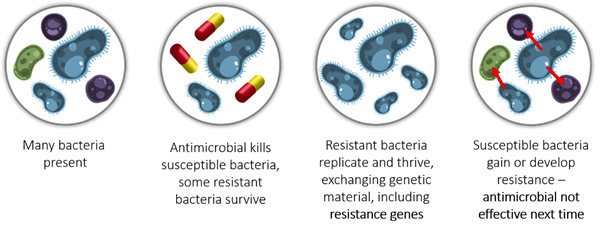
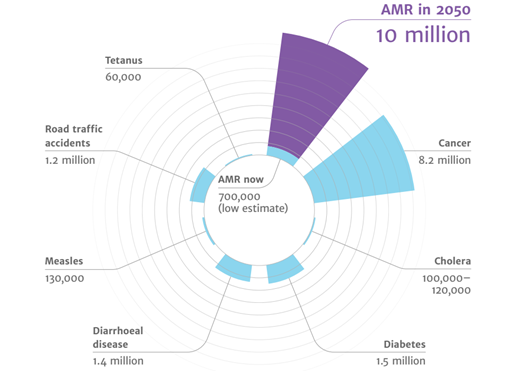
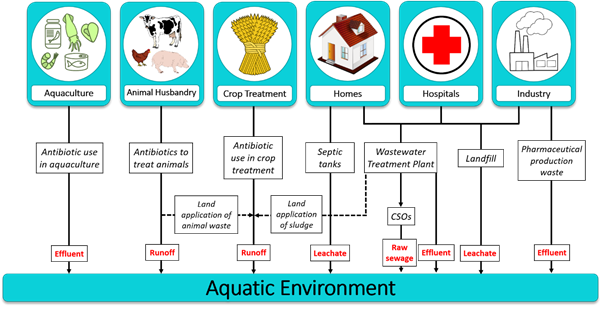
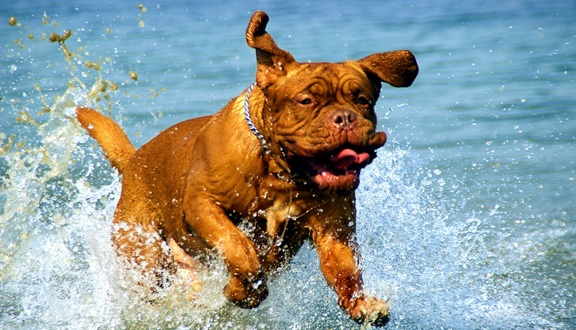 https://abs.twimg.com/emoji/v2/... draggable="false" alt="🏊" title="Person swimming" aria-label="Emoji: Person swimming">https://abs.twimg.com/emoji/v2/... draggable="false" alt="🏖️" title="Beach with umbrella" aria-label="Emoji: Beach with umbrella">https://abs.twimg.com/emoji/v2/... draggable="false" alt="⛵️" title="Sailboat" aria-label="Emoji: Sailboat">(5/12)" title="The big Q...Does environmental #AMR matter to us?YES!The environment is arguably the source of AMR—a natural phenomenon worsened by overuse & pollution of antimicrobials. Humans & pets interact with the environment in many ways relevant to AMR transmissionhttps://abs.twimg.com/emoji/v2/... draggable="false" alt="🏄" title="Person surfing" aria-label="Emoji: Person surfing">https://abs.twimg.com/emoji/v2/... draggable="false" alt="🏊" title="Person swimming" aria-label="Emoji: Person swimming">https://abs.twimg.com/emoji/v2/... draggable="false" alt="🏖️" title="Beach with umbrella" aria-label="Emoji: Beach with umbrella">https://abs.twimg.com/emoji/v2/... draggable="false" alt="⛵️" title="Sailboat" aria-label="Emoji: Sailboat">(5/12)" class="img-responsive" style="max-width:100%;"/>
https://abs.twimg.com/emoji/v2/... draggable="false" alt="🏊" title="Person swimming" aria-label="Emoji: Person swimming">https://abs.twimg.com/emoji/v2/... draggable="false" alt="🏖️" title="Beach with umbrella" aria-label="Emoji: Beach with umbrella">https://abs.twimg.com/emoji/v2/... draggable="false" alt="⛵️" title="Sailboat" aria-label="Emoji: Sailboat">(5/12)" title="The big Q...Does environmental #AMR matter to us?YES!The environment is arguably the source of AMR—a natural phenomenon worsened by overuse & pollution of antimicrobials. Humans & pets interact with the environment in many ways relevant to AMR transmissionhttps://abs.twimg.com/emoji/v2/... draggable="false" alt="🏄" title="Person surfing" aria-label="Emoji: Person surfing">https://abs.twimg.com/emoji/v2/... draggable="false" alt="🏊" title="Person swimming" aria-label="Emoji: Person swimming">https://abs.twimg.com/emoji/v2/... draggable="false" alt="🏖️" title="Beach with umbrella" aria-label="Emoji: Beach with umbrella">https://abs.twimg.com/emoji/v2/... draggable="false" alt="⛵️" title="Sailboat" aria-label="Emoji: Sailboat">(5/12)" class="img-responsive" style="max-width:100%;"/>
